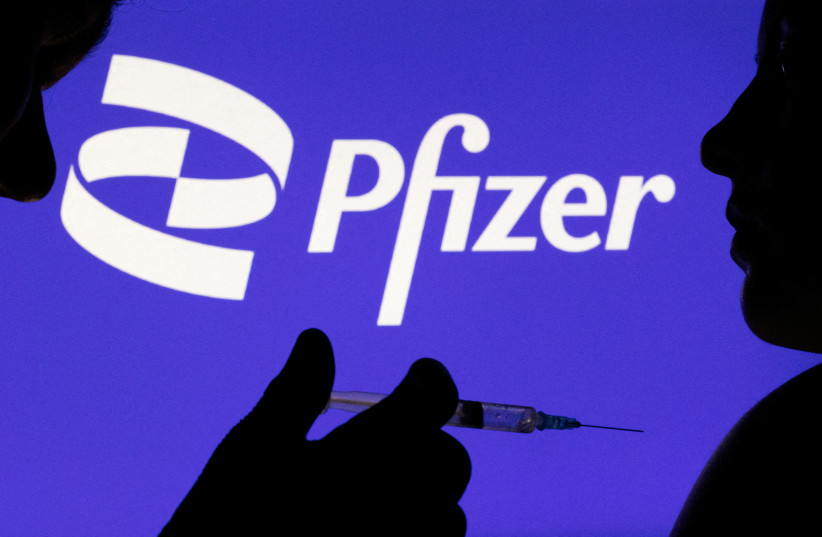According to Pfizer, mRNA technology could enable scientists to develop and manufacture the flu vaccine faster, potentially saving lives.
The World Health Organization reported that as many as five million people suffer from severe cases of influenza each year, and an estimated 290,000 to 650,000 people die due to respiratory diseases alone. In Israel, more than 5,800 people were hospitalized this flu season (since October, 2022) with laboratory-confirmed cases of influenza, according to the Israel Center for Disease Control.
Flu vaccines have been approved in the United States since 1945, but vaccine uptake tends to be lower, partly because people don’t believe the shots work. In Israel, for example, fewer than 20% of eligible individuals were vaccinated against the flu this year.
According to a report by the US Centers for Disease Control and Prevention (CDC), flu vaccine effectiveness can vary between as little as 10% up to 60%.
“So many people don’t take these vaccines because they’re like, ‘well, why should I take the vaccine? It does not work,’” said Annaliesa Anderson, senior vice president and chief scientific officer for vaccine research and development at Pfizer. “They do work – but there are some quirks.”

What’s going on?
Each year, 144 influenza centers worldwide monitor the flu viruses circulating before flu season begins. Then, in February, the WHO recommends the flu vaccine composition for the upcoming fall/winter flu season in the Northern Hemisphere.
It takes around six months to develop and manufacture the updated vaccines.
There are three kinds of flu vaccines. The most common is cell-based; the candidate vaccine virus is injected into eggs, where it replicates. There are also cell-based vaccines that use cultured mammalian cells instead of eggs. Finally, another kind uses synthetic versions of the virus and is produced in insect cells.
Aside from the long time it takes to make these vaccines, the egg can also introduce changes to the virus, resulting in less effective antibodies in humans, Anderson explained.
Pfizer is now in the midst of a Phase 3 trial for a new mRNA influenza vaccine, with 36,200 participants over 18 enrolled at 269 trial sites. Anderson said the study has focused on the Northern Hemisphere but will soon expand to the Southern Hemisphere.
Pfizer and BioNTech developed the world’s first approved mRNA vaccine to combat COVID-19 in 2020, followed closely by Moderna. mRNA vaccines use the genetic code of a virus instead of the virus itself. Once the mRNA is in the cell, ribosomes read the code and build proteins called antibodies, which are then expressed in the body.
Anderson said that now that Pfizer has succeeded with the mRNA technology, “we can start to plug and play” with new antigens. “Particularly for viruses like flu where we have to change strains yearly, this could be a very efficient platform.”
She said it would take only about 100 days to make an mRNA flu vaccine, generate supplies and receive regulatory approval yearly. But, again, that is compared to the six months plus days it currently takes to make a flu vaccine.
The shorter timeline should allow vaccines to be made closer to flu season and help avoid vaccine mismatch.
Pfizer is not the only company developing mRNA vaccines for influenza. Last month, Moderna announced the interim Phase 3 safety and immunogenicity results for its mRNA-1010 seasonal influenza vaccine candidate. The company said the vaccine generated a robust immune response against A flu strains. However, it was not more effective against B strains (B/Victoria and B/Yamagata-lineage) than already approved vaccines.
More than 6,000 people took part in the multinational trial. Some 70% of people who received the shot complained of mild adverse effects, such as pain and swelling at the injection site, compared to 48% for the conventional flu vaccine.
Full study results could be ready within only a few weeks.
In addition to these vaccines, several universal flu vaccines are in various development and testing stages.
